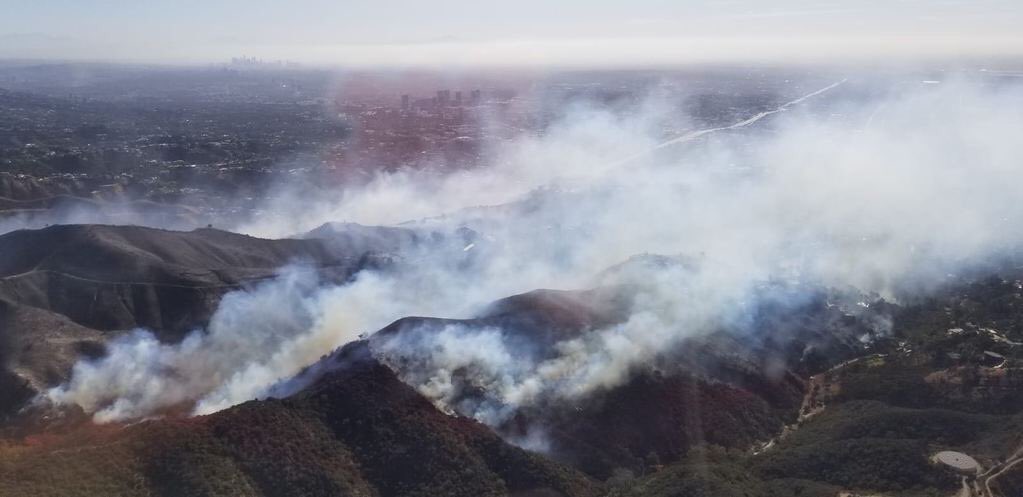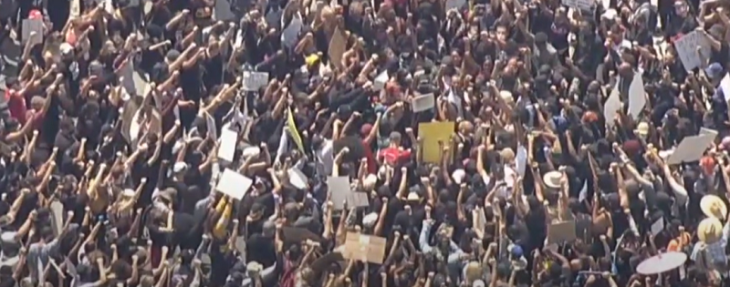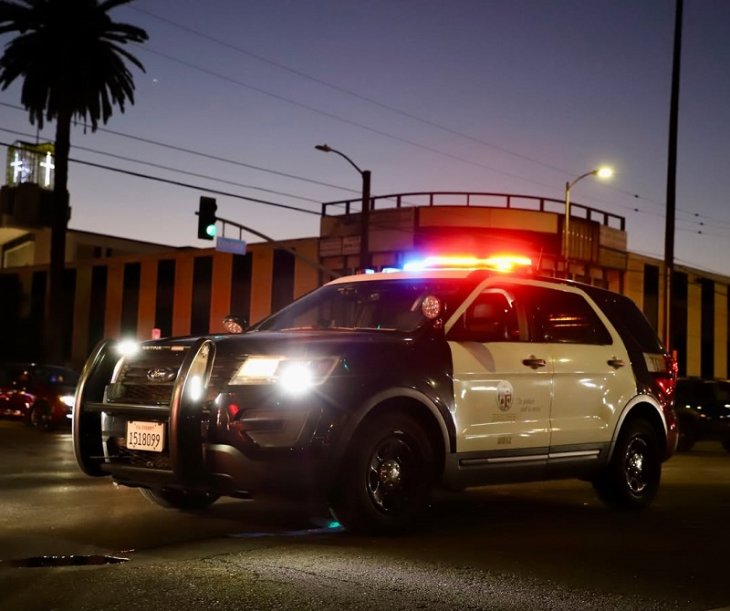By Tom Elias, Brentwood News Columnist
At times during this fall’s still simmering fire season, rookie Gov. Gavin Newsom looked a little like a scared rabbit as he ping-ponged for weeks from blaze to blaze, from Los Angeles to Santa Rosa and many points in between.
Newsom has good political reason to be frightened. He lived through the energy crunch in the first years of this millennium and knows how that debacle destroyed the popularity of then-Gov. Gray Davis, even though Davis had no say about the electricity deregulation behind the crisis.
While allegations of corruption were the proximate cause for Davis being recalled and thrown out of the governor’s office, there’s at least a chance that election result would have been different if he hadn’t been so damaged by looking and acting impotent in the face of rolling blackouts and brownouts during the crisis.
Newsom also is not responsible for conditions that created yet another destructive fire season, but he does bear some responsibility for the widespread so-called “public safety power shutoffs” (PSPS) that plagued millions of Californians as winds blew and fires burned.
Most blame ought to lie with a string of recent governors, including Jerry Brown, Arnold Schwarzenegger, Davis, Pete Wilson, Ronald Reagan and Pat Brown.
They all appointed Public Utilities Commission (PUC) majorities that stood by idly as utility companies diverted tens of billions of dollars in maintenance fees paid monthly by customers since the 1950s to other uses, including executive bonuses. Meanwhile, power transmission lines and poles deteriorated for decades.
But Newsom’s office did host a series of private meetings with officials of Pacific Gas & Electric Co. all through the spring and early summer, attended by his top aides and leading PG&E executives. All that while, he pushed hard publicly for passage of AB 1054, a legislative bill that set up a new state Wildfire Fund which will cost California electric customers more than $10 billion.
Records from the meetings remain secret, but it’s highly likely they covered the prospect of PSPS’s and who would design and okay them.
As it emerged, PG&E made all the decisions that blacked out millions in vast swaths of Northern California whenever there was a threat of high, dry winds this fall. Those decisions turned the bankrupt utility into California’s least popular company.
Newsom knows he has mostly done the bidding of big utilities like PG&E, which has put almost $300,000 into his most recent campaigns.
He has not admitted it, but urgent political need to distance himself from the utilities may be one reason he became the most vocal critic of PG&E during the fires, describing the blackouts as “intolerable” and “irresponsible.” He’s adopted an idea advocated here for several years: break up PG&E and possibly other utilities. He even parroted a suggestion made here during the energy crunch: a state takeover of PG&E.
Acting a little panicked, Newsom launched a $75 million program for state and local governments to mitigate impacts of power shutoffs without saying just how the money would be spent. He also called for PG&E – and by extension Southern California Edison and San Diego Gas & Electric – to compensate customers whose power was shut off.
So far, only PG&E has agreed to any form of payments or future discounts, details not yet specified. But the PUC members Newsom appointed early this year show no signs of reversing a multi-billion dollar PG&E rate increase scheduled to raise the average residential electric bill by about $9 per month in January.
So Newsom acts like PG&E’s leading critic after the blackouts, which caused some commentators to label California a “third-world state.”
But at the same time, his regulatory appointees do nothing to penalize that company or Edison, whose equipment apparently also sparked some fall fires. Not only is the PUC allowing PG&E’s rate increase to continue as if the company deserved it, but it okayed charging customers monthly for the Wildfire Fund without so much as a public hearing.
So while Newsom talks like a PG&E critic, his appointees’ actions say otherwise. This reality ought to frighten him as he ponders what befell Davis.
Email Thomas Elias at tdelias@aol.com. His book, “The Burzynski Breakthrough: The Most Promising Cancer Treatment and the Government’s Campaign to Squelch It,” is now available in a soft cover fourth edition. For more Elias columns, go to www.californiafocus.net


























